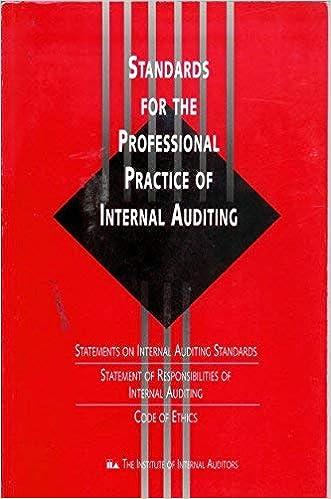Gavin Corp. produces two joint products, B and C in the ratio of 4:1. During March to convert 10,000 liters of into 8,000 liters of B and 2,000 liters of C the company incurred joint costs of $190,000. Product B can be sold at this point for $22.50 a liter and product C for $10 a liter. (USE THIS INFORMATION TO WORK A AND B). A. Allocate joint costs based on physical measures method. Also calculate per liter costs of products B and C. er lier B. Allocate joint costs based on selling B for $22.50 a liter and C for $10 a liter at split- off. Also calculate per liter costs of products B and C. C. Even though product B can be sold at the split-off point for a total sales value of $22.50 per liter, assume product C does not have a market at that split-off point and must be processed further into 2,000 liters of product D. The separable costs are $20,000 and product D can be sold for $40 a liter. Allocate the joint costs to product B and product D using the net realizable method. Also calculate per liter costs of products B and D JOINT COSTS PHYSICAL QUANTITES 1. Add together the quantity of materials (units, oz, lbs, tons) at split-off of all products. Ex. Product A has 200 oz of material at split-off and Product B has 800 oz for a total of 1,000 oz. 2. Develop a ratio for each product. A-2000z/1000 oz .20 B-800 oz/1,000 oz-.80 3. Multiply the ratio for each product times the joint costs (in this case $5,000) Product A 20x$5,000- $1,000; Product 8.80 x $5.000-$4,000 4. Divide the allocated joint cost by the number of material units for each product (in this case) Product A $1,000/200 oz $5.00 per oz; Product B-$4,000/1,000 oz $5.00 per oz. This method will give the same cost per product and should be used only when the products at split-off are similar. NET REALIZABLE METHOD 1. Add together the sales value of the products after split-off. Ex. Product A can sell for $8,000 and Product B can sell for $12,000. 2. Develop a ratio for each product; A $8,000/$20,000-40; $12,000/$20,000-.60 3. Multiply the ratio for each product times the joint cost ($5,000): Product Am.40 x $5,000 $2,000; Product B-.60 x $5,000 $3,000 4. Divide the allocated joint cost by the number of material units for each product. Product A- $2,000/200 oz $10 per oz; Product 8- $3,000/800 oz $3.75 per oz. 5. This is a better method than physical quantities method. ESTIMATED NET REALIZABLE METHOD 1. In some cases products cannot be sold at split-off but must be processed further. 2. Assume that Product A and B cannot be sold at the split-off point and must be processed further. 3. Product A requires an additional $6,000 of processing (termed separable costs) and results in 200 oz that can be sold for $16,000. Product B requires an additional $4,000 of further processing and results in 800 oz that can be sold for $34,000. 4. Take the final sales price for Product A, $16,000, and subtract the further processing of $6,000 which is equal to $10,000. Take the final sales price for Product B, $34,000, and subtract the further processing of $4,000 which is equal to $30,000. Total of both products at this point are $40,000. 5. Use the $10,000 and $30,000 to calculate ratios to allocate joint costs; the joint cost are $5,000. 6. Product A- $10,000/$40,000 x $5,000 -$1,250; Product B is $30,000/$40,000 x $5,000 $3,750. 7. To get the final cost for the product add the joint cost plus the cost to process the product further. Product A has a final cost of $1,250+ $6,000 $7,250 and Product B has a final cost of $3,750+ $4,000-$7,750 8. Divide the total cost from step 7 by the number of units of product at the final sales point to get the cost per unit. Product A - $7,250/200 oz - $36.25 and Product 8-$7,750/800 oz - $9.69 per oz








